How to pick the best cello for beginners?
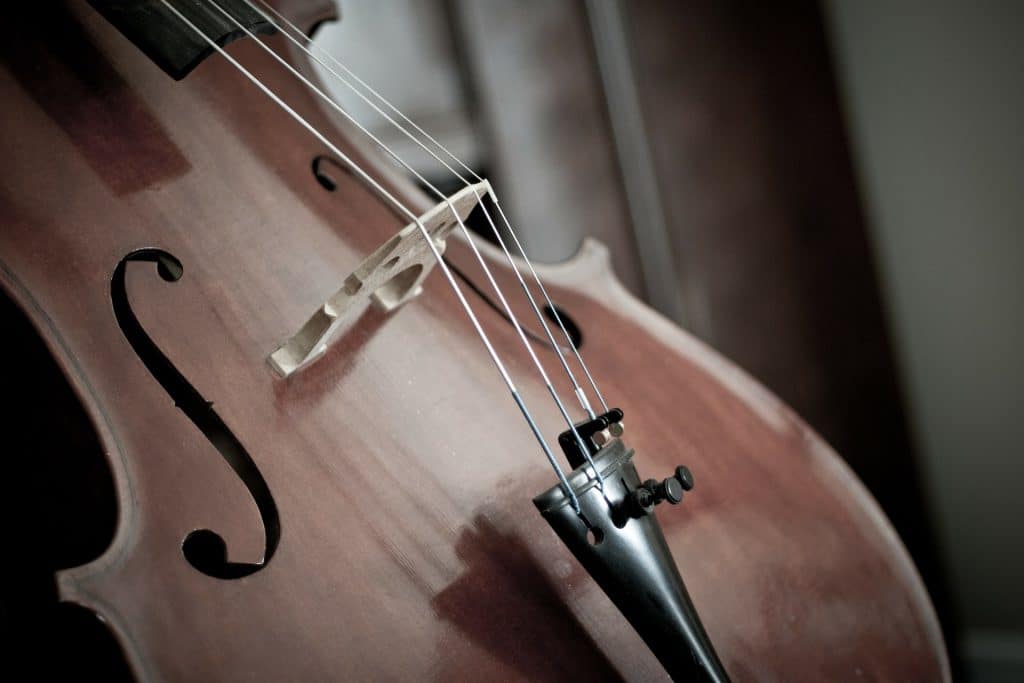
To pick the best cello for beginners, you want to find the instrument that is easy enough to play, offers a great sound, but also fits in with your budget. A high-quality professional cello will probably cost around $3,000, with the most expensive ones at around $10,000. Luckily, the instruments for the beginners are not that expensive but may lack the quality. That makes it even more important to look at the key features to find a beginner cello that has the right materials and everything you need to get started.
Cello size
There are a lot of different size options when it comes to a cello. Some models we’ve looked here go all the way from full-sized to 1/16 size. The biggest factor with this will depend on age. As if you’re buying for your child, it might need something a little smaller. If you’re looking for a wider range of sizes, then the Cremona SC-100 has six different options available.
If possible, it’s best to opt for a full-sized (4/4) cello such as the Waful Acoustic Cello as this is the size that you are eventually going to graduate to anyway.
That being said, comfort is the main priority. If you’re not sure, it’s a good idea to consult a cello size guide to get the perfect fit.
Materials
While the quality of the woods may vary, every decent cello is more or less made in the same way. The top of the cello is usually made from spruce, while the back and sides of the cello tend to be made from maple to give it the sound that you need.
The fingerboard and pegs of a cello need to be made from a hard and durable wood, which is why the manufacturers usually chose ebony for that. Other materials can be used, such as rosewood, which is used for the fingerboard on the D’Luca MC100.
Weight
You’re not going to have to worry too much about the weight of the cello. With it being an instrument that will rest on the ground, it is not going to be hard for you to play if it weighs a bit more. The important question to ask is how much you’re going to be transporting the cello.
If you are going to be taking it to music classes and performances, then you will want it to be easily portable.
You want to make sure that it’s light enough to carry and also has a carry case that is easy to use without having too much weight of its own.
If you want a lightweight cello, then look no further than the
Lykos Acoustic Cello.
Bow
It’s important to check the material that forms the frame of the bow and the bow hair that touches the strings. The frame of the bow can be made from the Pernambuco, carbon fiber or a generic hardwood.
Pernambuco will be the highest grade material, with the other two being good substitutes. In terms of the hair, this will vary in quality. It should come from a horse in a cold climate, such as Mongolia or Canada, as these horses have thicker hair. The hair is unbleached to keep the elasticity.
Strings
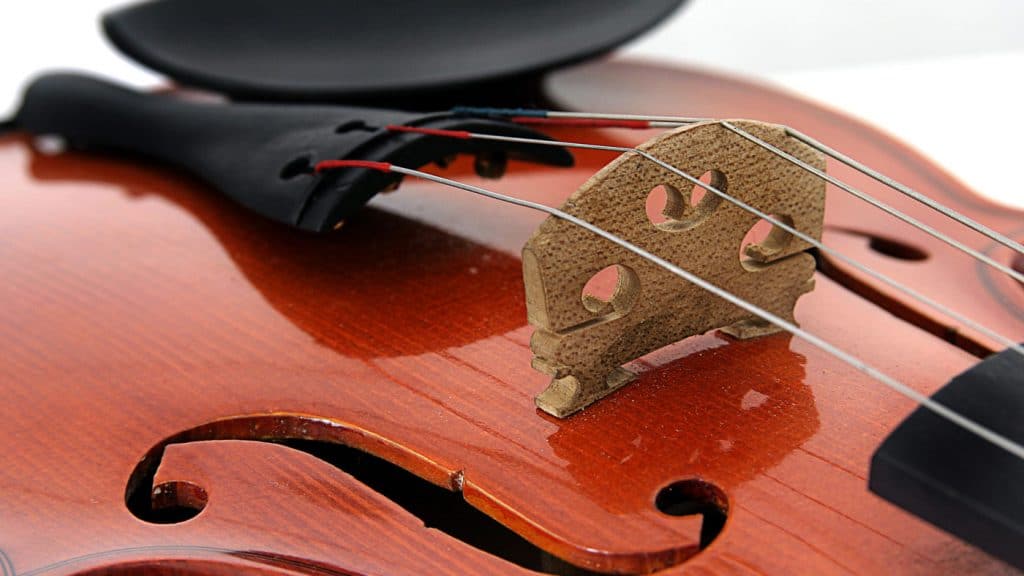
The strings are obviously vital for the instrument because they determine how it is going to sound. You shouldn’t rush for the highest quality strings for a beginner cello, but you can always find better ones. The cellos that we have looked at here all have strings that can make a rich sound.
A good added extra with these models is to have an extra set of strings included, as you will have to replace them over time. As you get better, you’d be able to invest in better strings, which will then be able to create a deeper and fuller sound.
Rosin
Without rosin, the horsehair on the bow isn’t going to be able to make enough friction to be able to make a meaningful sound. Rosin will increase the amount of friction on the bow and therefore increase the sound.
Most bows featured here will come with a standard type of rosin, which will be able to give you the average sound, but there are different types available. Darker rosins are generally sticker and therefore used to produce lower notes.
Carrying case
With a carrying case, you often have to decide which is more important to you: portability or protection. A hard carrying case will give you more protection, but it is going to be heavier and more difficult to carry. A lightweight case, such as the one that comes with the Cecilio CCO-100, is soft but still able to give a lot of protection.
As well as the type of material, you also want to check for extra features that you might need. Having a strap can make carrying it over your shoulder a lot easier, and extra pockets might be required to make sure that you can take everything with you.
What else to look for?
As well as the standard accessories, there are also a few other extras which can be very useful.
Tuner – Tuning the cello can be difficult for a beginner, and you will probably need to have a tuner, so having one included is a big plus.
Stand – You don’t want your cello leaning up against a fall where it can be easily knocked over. Getting a cello stand is essential.
Colors – Everyone wants their instruments to be beautiful, and the cello is no different. A range of colors can help you to pick the perfect cello for you.
Acoustic cello vs. electric cello for beginners
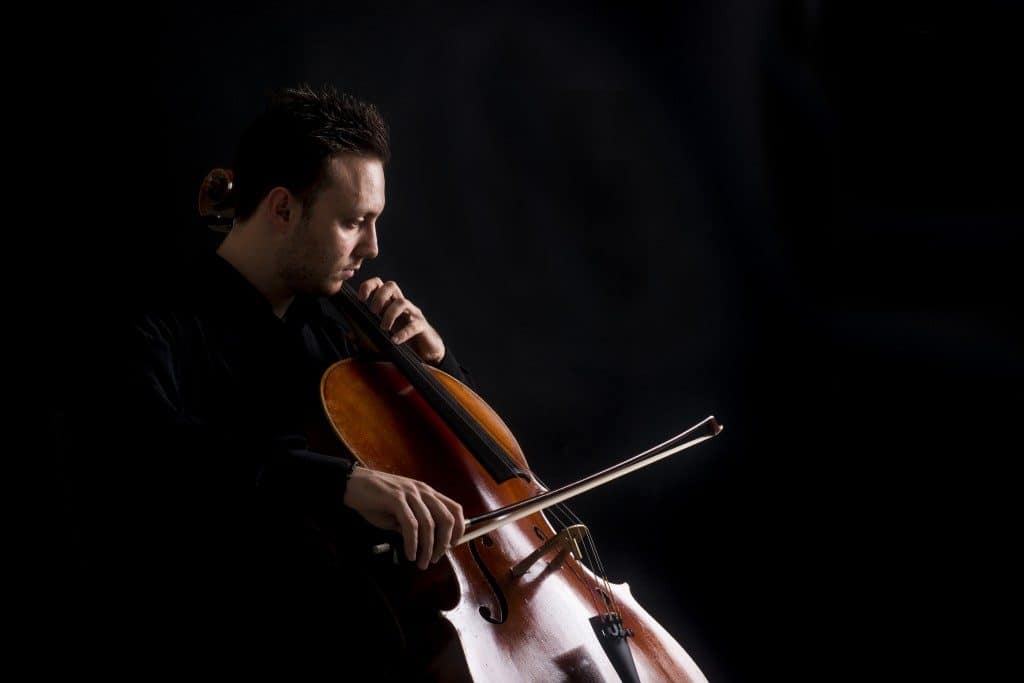
When it comes to the guitar, you probably see as many acoustic instruments as you do electric. For the cello, an electric model is very rare. In an orchestra, you want to be able to get the rich and deep sound that an acoustic cello can provide.
Performing on stage can be a long way off, which is where an electric cello, such as the Cecilio CEVN-1W, has its advantages. While you are learning, you will be able to play silently and not have to worry about anyone hearing you developing your talents.
Many people, however, would prefer to hear the tones of the acoustic cello and stick with the same instrument that you’d be playing for years to come. The choice will be a matter of personal preference about whether you want the more natural sounds of a cello such as the Lykos Acoustic has or the flexibility of an electric model.
Prices
When it comes to learning to play the cello, you won’t want to spend thousands of dollars on your first model, as there is a much higher risk of damaging it. Even with beginner cellos, there can be a wide range of prices.
If you wanted a budget cello, then Waful Acoustic Cello that costs around $150 would be the best option for you, as it won’t hurt the bank balance too much, and there is a smaller risk of it being a waste of money. The quality won’t quite be the same, so if you’re looking for a better model, and the Stentor Student I Cello is a great option with a price tag around $500.
It could be that you believe that you’d be happy to pay more for something that is well made and sounds fantastic. If that sounds like you, then the Cremona SC-100 would be able to give you a perfect starting point while still not having to pay out thousands of dollars.





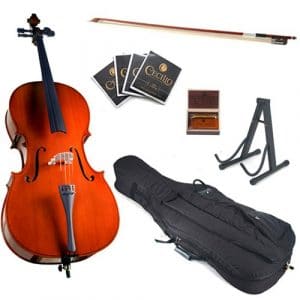
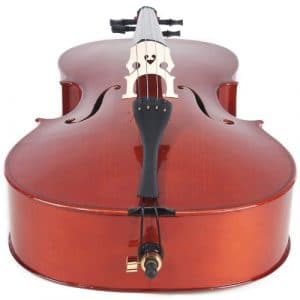
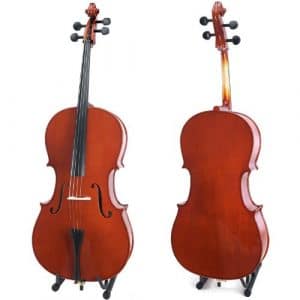
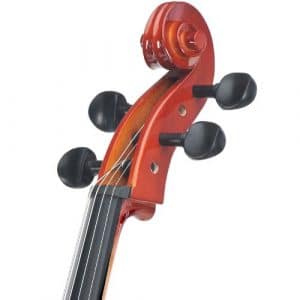
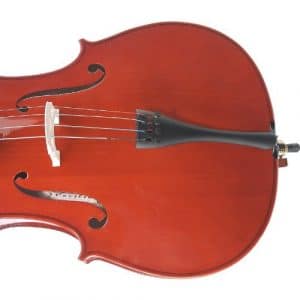

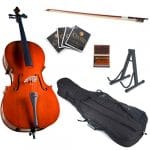
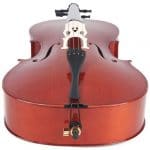
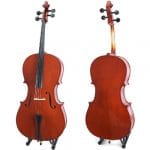
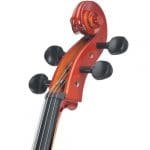
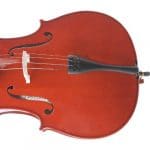
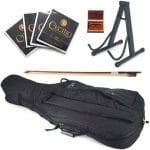
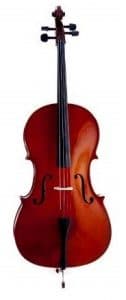
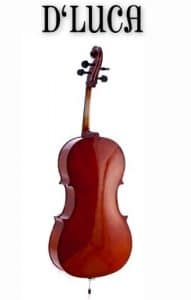
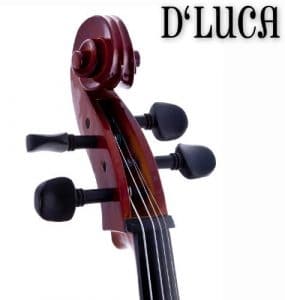
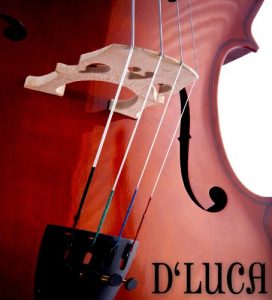
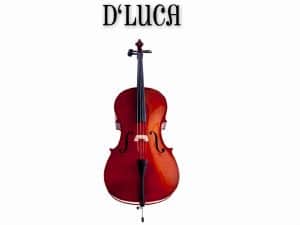
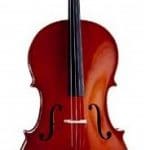
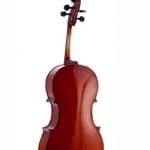
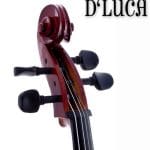
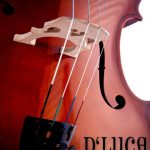
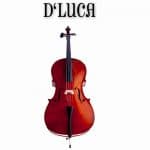
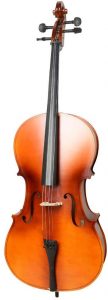
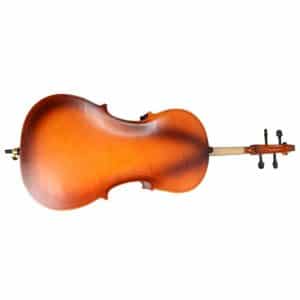
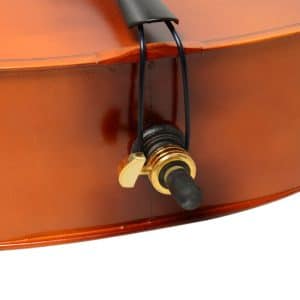
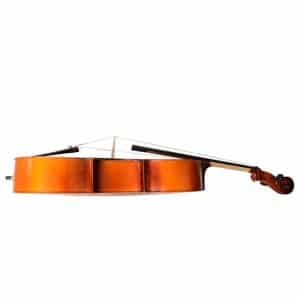
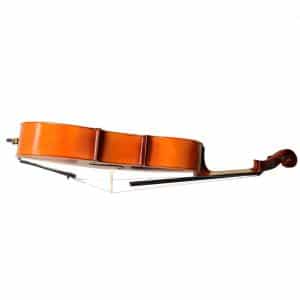


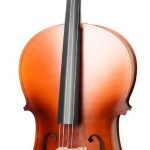
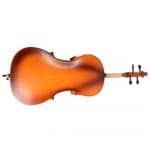
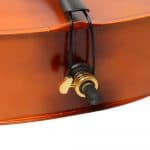
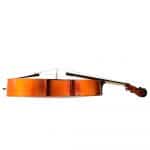
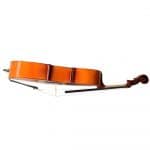
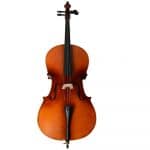
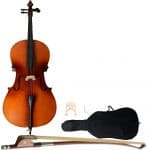

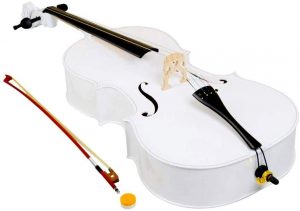
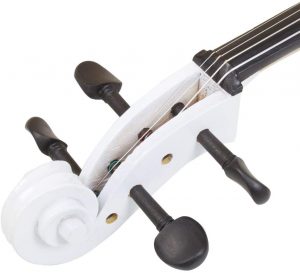
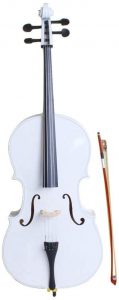
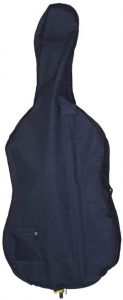
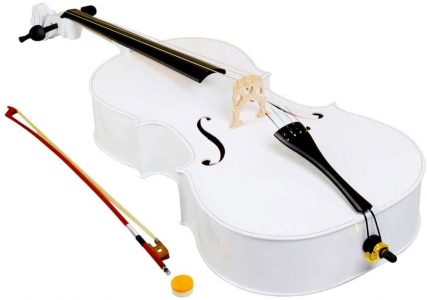
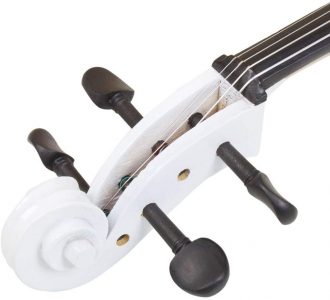
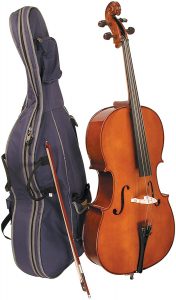
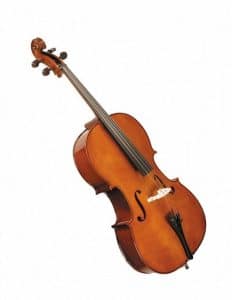
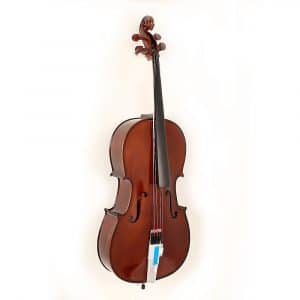
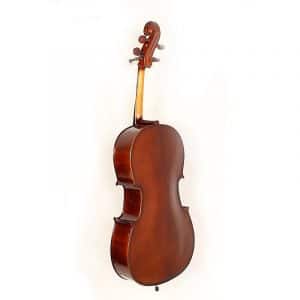
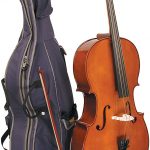
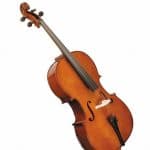
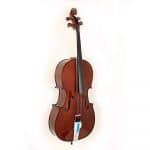
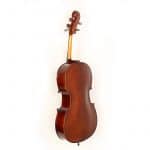
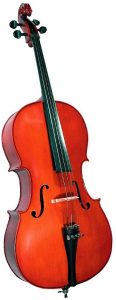
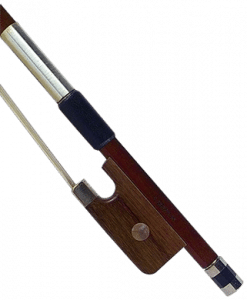
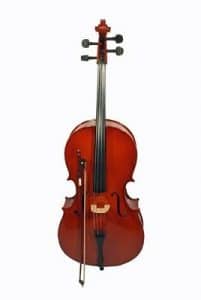
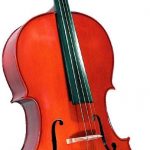
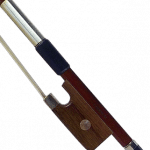
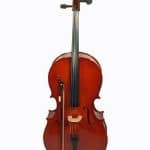
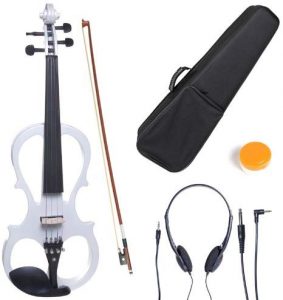
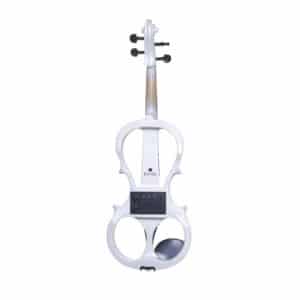
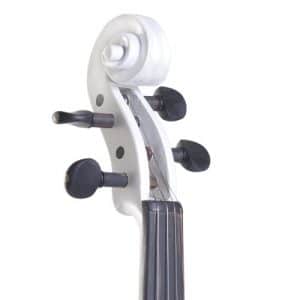
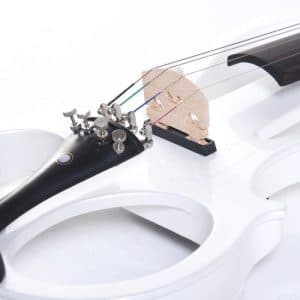
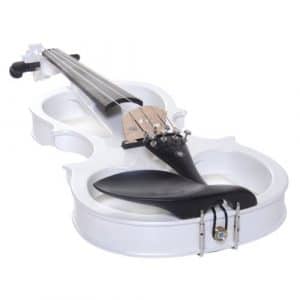
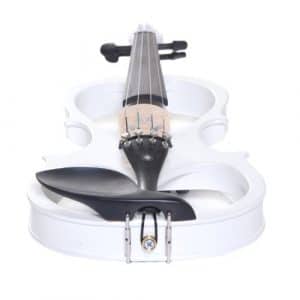
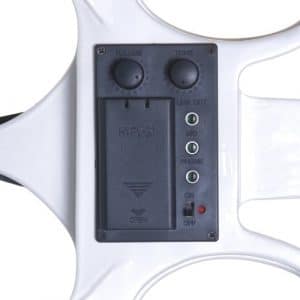
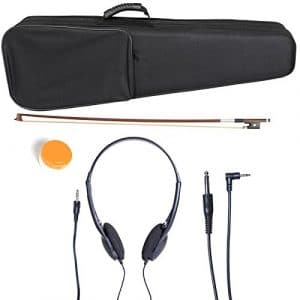

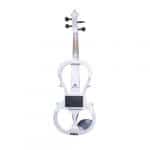
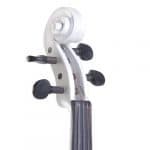
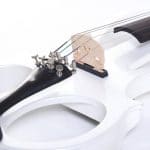
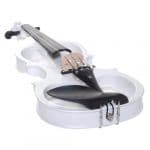
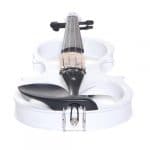
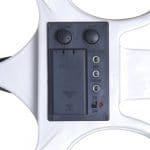
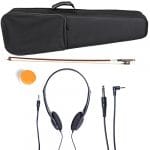
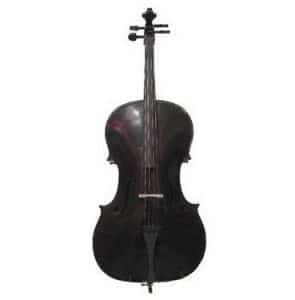
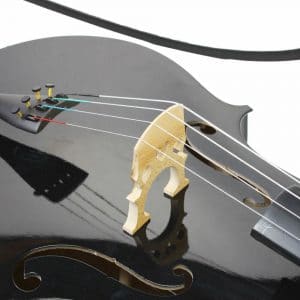
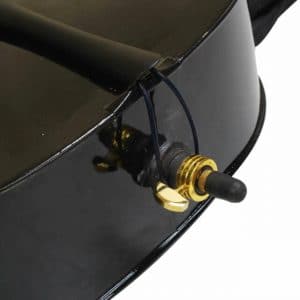
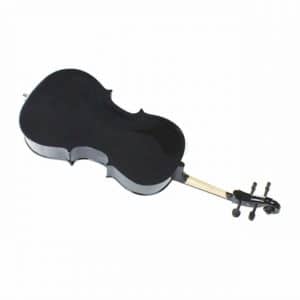
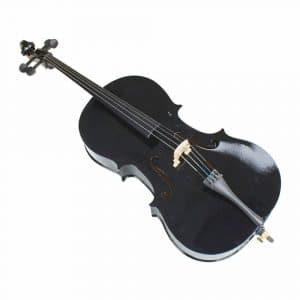
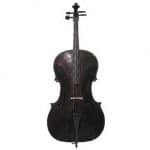
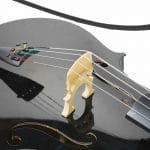
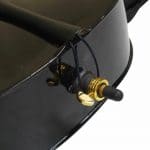
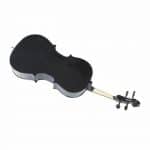
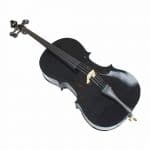













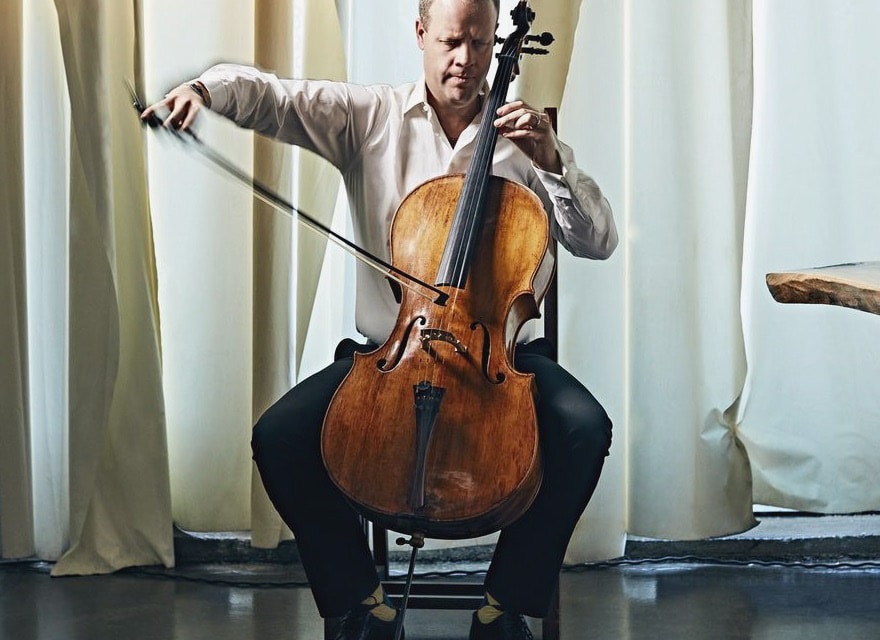
thanks for the information
That last one is a VIOLIN. Is this just a list of top sellers on Amazon or were these vetted in some appreciable way? Because for you to not notice it’s not even the correct instrument… does not instill confidence in this list.
Hello there! Thank you for your comment. We apologize for any confusion caused by the inclusion of the violin in the list. We understand that this may have raised doubts about the accuracy of our selection process.
Please note that our list of top sellers on Amazon is based on a combination of factors, including sales data, customer reviews, and popularity. While we strive to provide accurate and reliable information, occasional errors or oversights may occur.
We appreciate your feedback and will definitely take it into consideration when curating future lists. If you have any further questions or concerns, please feel free to let us know. Thank you for your understanding!
Brilliant post on the Cello. As you have said Cello’s can vary in quality significantly and they certainly are not cheap instruments. That’s why it’s important that you have a strong understanding of what you are looking for in a Cello. If you would like to learn more, please check out our post on what to look for when buying a Cello, written by pro-cellist Ellen Porter.
Thank you for reading
Mo